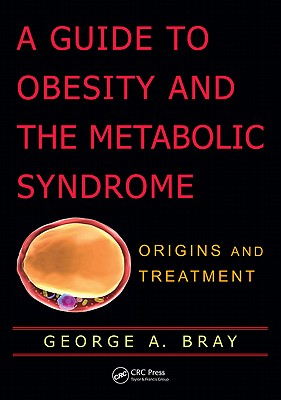Examining the history and etiology of the obesity epidemic, this book discusses various requirements of effective intervention and treatment strategies. The first section covers the history of obesity, defines and evaluates the clinical presentation of the pathology, discusses its prevalence in the population, and explains common analytical measurements. Chapters include genetics and genetic factors, modern consequences of obesity, and quality of life issues. The second section introduces prevention strategies in children and adults, such as dietary and lifestyle changes, medication, and surgical interventions.
In the historical record there is abundant evidence that obesity was a medical and health concern as long as medicine has been practiced. The idea of diet and exercise are bulwarks in the fight against obesity in history from the time of Hippocrates to the 16th centurya span of 2,000 years. However, our scientific understanding of this problem is only a little over 200 years old. An examination of the root cause of what many consider the obesity epidemic, A Guide to Obesity and the Metabolic Syndrome traces the origins and types of obesity and its treatment.
Examining in detail the developing treatment for obesity, this book provides:
- A history of obesity, including treatment, proposed causes, and perceptions
- An examination of the causes and problems associated with obesity
- A discussion of lifestyle, diet, exercise, and treatment strategies
- A detailed look at the medications and surgeries available for obesity
The fact that we have an epidemic of obesity today that is covering the globe suggests that the strategically simple ideas of eating less and exercising more, ideas that require commitment and personal involvement by the individual, have not been very successful. As we move forward in trying to understand this problem, we need to be alert to strategies and tactics that may not require individual motivation and commitmenthistory has shown that they do not work well. This book supplies guidance on developing and designing novel strategic interventions against obesity and metabolic disorders.
Get A Guide to Obesity and the Metabolic Syndrome by at the best price and quality guranteed only at Werezi Africa largest book ecommerce store. The book was published by Taylor & Francis Inc and it has pages. Enjoy Shopping Best Offers & Deals on books Online from Werezi - Receive at your doorstep - Fast Delivery - Secure mode of Payment
 Jacket, Women
Jacket, Women
 Woolend Jacket
Woolend Jacket
 Western denim
Western denim
 Mini Dresss
Mini Dresss
 Jacket, Women
Jacket, Women
 Woolend Jacket
Woolend Jacket
 Western denim
Western denim
 Mini Dresss
Mini Dresss
 Jacket, Women
Jacket, Women
 Woolend Jacket
Woolend Jacket
 Western denim
Western denim
 Mini Dresss
Mini Dresss
 Jacket, Women
Jacket, Women
 Woolend Jacket
Woolend Jacket
 Western denim
Western denim
 Mini Dresss
Mini Dresss
 Jacket, Women
Jacket, Women
 Woolend Jacket
Woolend Jacket
 Western denim
Western denim
 Mini Dresss
Mini Dresss






























































